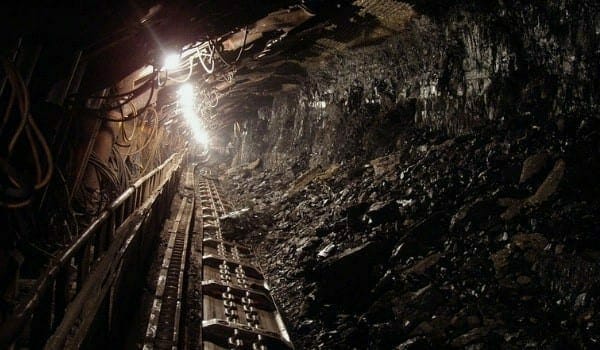Windfall Geotek (WIN.V) started analyzing the Kirkland Lake mining camp using its Computer Aided Resource Detection System (CARDS) artificial intelligence technology today.
The company engages in projects where its CARDS AI software platform has previously identified potential targets. This is how they make their money, and have been doing such for the better part of 15 years and over 86 successful projects.
Specifically, the mining camp at Kirkland Lake is 932 square kilometres and plays host to many major gold discoveries and producers.
“We are confident we can replicate the big success we had in Red Lake given the abundance and the quality of public data available in the Kirkland Lake mining camp. Our team will use our CARDS AI tool to thoroughly examine all available assays, drill holes and mag survey data to identify high-probability, high-similarity targets based on the digital signature of known deposits in the area. We will then be in a great position to conclude a strategic alliance in the near future and continue to draw attention to Windfall Geotek,” said Michel Fontaine, president and chief executive officer of Windfall Geotek
Getting a bit more in depth, Windfall is a Canadian tech company that offers a digital platform using artificial intelligence technologies to increase the efficacy of exploration, development, operations and financing of geological projects, including the global resource mining industry as well as the oil and gas exploration.
Recent developments in the technology have extended its reach to include detection of water sources and aquifers, especially in dry, arid regions prone to drought. It’s also developed the ability to detect anti-personnel landmines and other related hazards.
Highlights of CARDS analysis at the Kirkland Lake area:
- The Kirkland Lake mining camp is in Northeastern Ontario, within the Abitibi greenstone belt and the Abitibi gold belt. Major structures within the camp include the Kirkland Lake break and the Cadillac Larder Lake break, which run from Kirkland Lake, Ont., to Val d’Or, Que., for approximately 200 kilometres.
- CARDS will build gold pattern signatures in one of the most prolific mining camps in Ontario.
- The project covers a total area of 932.45 square kilometres.
- The project hosts many known gold deposits: Kirkland Lake, Kerr-Addison-Chesterville, Macassa, Young-Davidson, McBean, Upper Canada, Omega, Eastmaque and Teck-Hughes.
- Geophysical data at 15-metre resolution from the Kirkland Lake-Larder Lake area survey will be utilized.
- Up to 4,771 gold training points originated from the Ontario Drill Hole Database will be utilized.
- Project will yield initial results within six to eight weeks.
Earlier this month, the company was hired by BTU Metals (BTU.V) to work its technological wizardry Red Lake area, helping BTU target high grade gold on its Dixie Halo property.
“Algorithms cannot invent something they can predict patterns within a high probability area. Windfall Geotek has identified several patterns over areas where gold was found in the past in the Red Lake area. Based on this, our datamining approach has identified some areas with similar patterns on BTU’s Dixie Halo Property which is proximal to Great Bear’s claims. These high-probability gold targets are expected to be covered by deep overburden. Thus, our CARDS AI highlights the most 1-3% gold prospective areas on the property. CARDS 2D is not only greener, it is also leaner, and we can’t wait to once again demonstrate the power of using AI in a data-rich environment,” according to Fontaine.
Windfall and BTU will collaborate in the confirmation of these AI targets. Windfall will receive $50,000 plus 200,000 options (18 months) for its services.
—Joseph Morton


